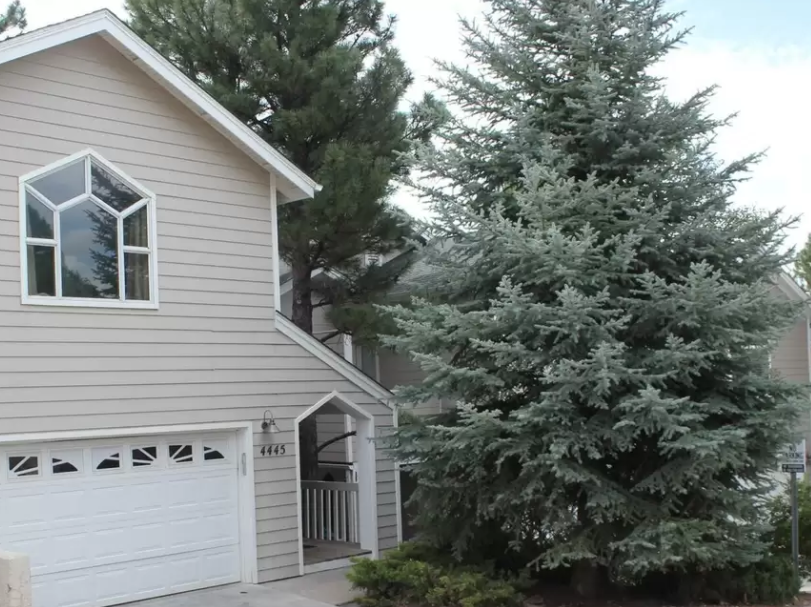News And Advice From The Leading Thousand Oaks Tree Trimming Company
Have a beautiful pine or spruce in your yard? One of the nice things about it, I’m sure you’ll agree, is that it’s green all year round. Which is, of course, exactly what an evergreen is supposed to be!

But evergreens can also appear a little lackluster at times, especially in our semi-arid Conejo Valley. But there are ways to help your evergreens thrive, especially if the problem is a lack of nutrients in the soil. The best way to determine if your tree needs a boost of fertilizer is by using a soil test. (See our blog post on soil testing options here.)
The results of a soil test tell you exactly what nutrients your yard is lacking, and what kind of fertilizer to buy.
As a general rule, you’ll probably want a slow-release formula made for trees. Best practices suggest that you should inject the fertilizer directly into the soil around the tree’s root zone, which evenly distributes the nutrients. Also, directly injecting it shoots the fertilizer right to the roots for maximum absorption.
Evergreens are similar to acid-loving plants like azaleas or hydrangeas, so if you have some fertilizer on hand for them you may save yourself a shopping trip. Acidic soil has a pH level below 7, so if you get your soil tested note its pH level.
You can also play it safe with a product that contains the three macronutrients that trees need: nitrogen (N), phosphorous (P) and potassium (K). Look for a product that has equal parts of each, with a 1:1:1 on the label.
As you’re shopping you may also spot fertilizer “spikes.” These are meant to be stuck in the ground at random spots around the tree. These are really not the best way to go because they deliver most of the nutrients to the roots right around the spike, which means nutrients are not being evenly distributed to the entire root system.
If you don’t have grass growing right up to the tree’s trunk, then selecting a granular product is a good way to go. They dissolve pretty uniformly and get to the root system in its entirety. However, if you have grass around the tree you can count on the grass soaking up most of the nutrients!
A final note: follow the directions on your products label carefully — it’s easy to get carried away and over-fertilize and that’s a no-no! As always, if you need more specific advice about tree care in general or some tree trimming, give us a call. We’re here to help.

